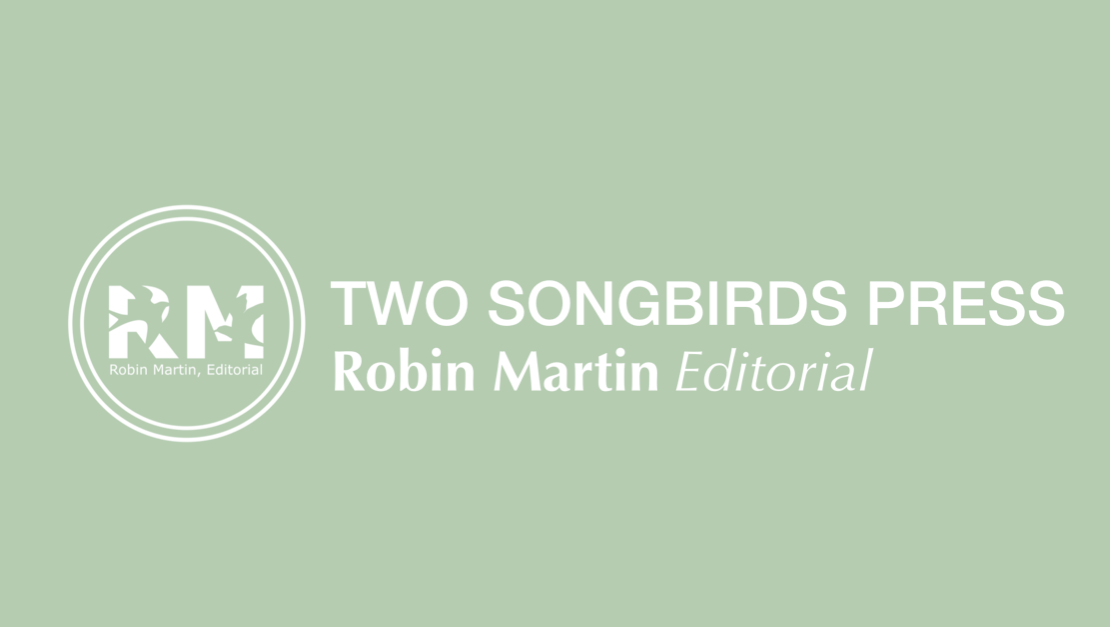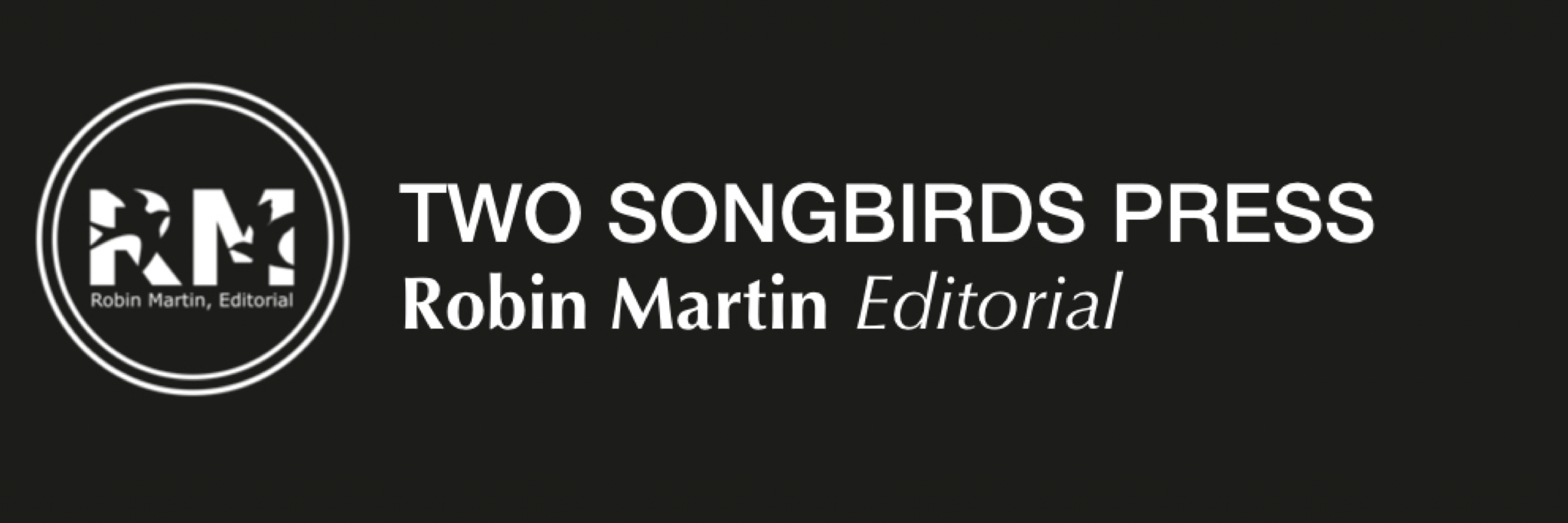- September 23, 2009
- Robin Martin
- No Comments

All real writers know that they need a second pair of eyes before declaring a piece of writing finished.
Don’t you agree?
You don’t?
You think this is a waste of time?
You remember in school writing workshops, how some jerk would circle a comma and tell you it was in the wrong place when you knew it wasn’t? Other people would read it and say, “this is really good” and pass it back. Worthless.
If you give your mom your story, chances are she’ll say, “I thought it was wonderful.” If we give a friend our story and say, “please tell me what you think about it,” we are almost guaranteed to get nothing we can use. Unfortunately, the same often goes for colleagues who read your story, particularly if the two of you weren’t trained to read one another’s work in a workshop setting. When we receive a piece from a friend, even if they ask us to critique it, we don’t want to be discouraging, and in a misguided effort to build our friend’s confidence, we might be enabling their failure. But it’s a hard line to walk, that one where constructive criticism becomes just criticism and positive comments become empty, meaningless flattery.
So we learned to revise and proofread our own writing to avoid wasting everyone’s time with second-pair of eyes.
Tricks the good writers use to avoid getting a second reader
We read it aloud to ourselves.
We read it backwards to check for punctuation and spelling and repeated words.
What else do you do before you call a piece finished? Tell me in a comment. ![]()
Nothing you can do on your own compares to the insight you’ll get from a second reader if, and this is a big IF, if you guide their reading. It is extremely difficult to read with a critical eye without direction. If you don’t get helpful feedback, you have no one to blame but yourself.
Get the most help from your second reader by doing a few simple things
Send the manuscript with between two and five questions for the reader to answer. Don’t just ask if they see any spelling or punctuation errors, although you can certainly ask them to proofread for these things. The questions that elicit the most valuable reader responses should always be about the big picture. For example,
It is a good idea to make sure you’re saying what you think you’re saying.
So ask your reader:
What is this piece about? What theme do you take from it? What do you think is my intent in writing this, and do you think I achieve that?
Make sure you’ve come across in the right way.
Ask your reader:
What is the tone of this piece? Is it snotty? Irreverent? Funny? Gushing? Serious?
Does the tone work for the perceived purpose/intent/theme?
Some other good questions include:
What emotions, if any, did you feel while reading?
Were you aware of transitions that felt awkward or awkward breaks in the text? Did anything pull you out of the piece or make you read it twice to understand?
If you guide a second pair of eyes to see what you cannot possibly see in your own writing, you will not only be happier with the results of the critique, but also with the final draft.



